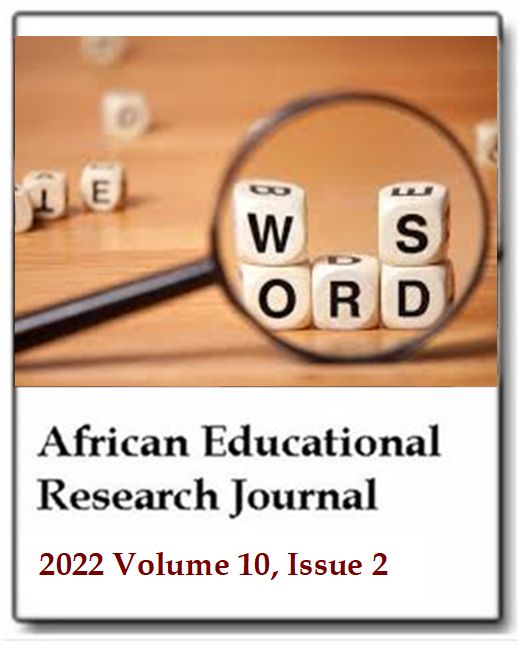An evaluation of collocations used by children between 4.0 and 6.0 years old
N. Tayyibe Ateş and Gökhan ArıAfrican Educational Research Journal
Published: April 13 2022
Volume 94-106
DOI: https://doi.org/10.30918/AERJ.102.20.227
Abstract
The purpose of this work is to determine how widely and in which semantic and morphologic categories, word associations are used by children. There is no study about word associations children use in the acquisition of Turkish as their mother tongue. Participants of the current research consisted of a total of 90 kids between 4.0 and 6.0 years of age in 3 different cities in Turkey based on easy accessibility. The data obtained by transferring oral language texts produced by children in their natural habitat to the computer environment was analyzed by evaluating according to their age brackets. Semantic categories are free-combinations, collocations (sub-categories; semi-restricted collocations, restricted collocations, figurative idioms and pure idioms) and co-creations. Morphologic categories are determined as rigid noun phrases, predicative relations, and phrasal templates. As a result, it was seen that the production of children in the participation group increases as age increases. Generally, it is seen that children in the 6.0 age group produce more complete word associations compared to lower age groups. Word association productions of 6.0-year-old children are more than the total word association productions of children in 4.0 and 5.0. It was determined that children perform productions in the free-combination category the most between semantic categories, and they make up predicative relations the most between morphologic categories. This result matches theories of development and acquisition and the characteristics of Turkish.
Keywords: Language acquisition, mother tongue, vocabulary, collocation, word associations.
Full Text PDFThis article is published under the terms of the Creative Commons Attribution License 4.0

